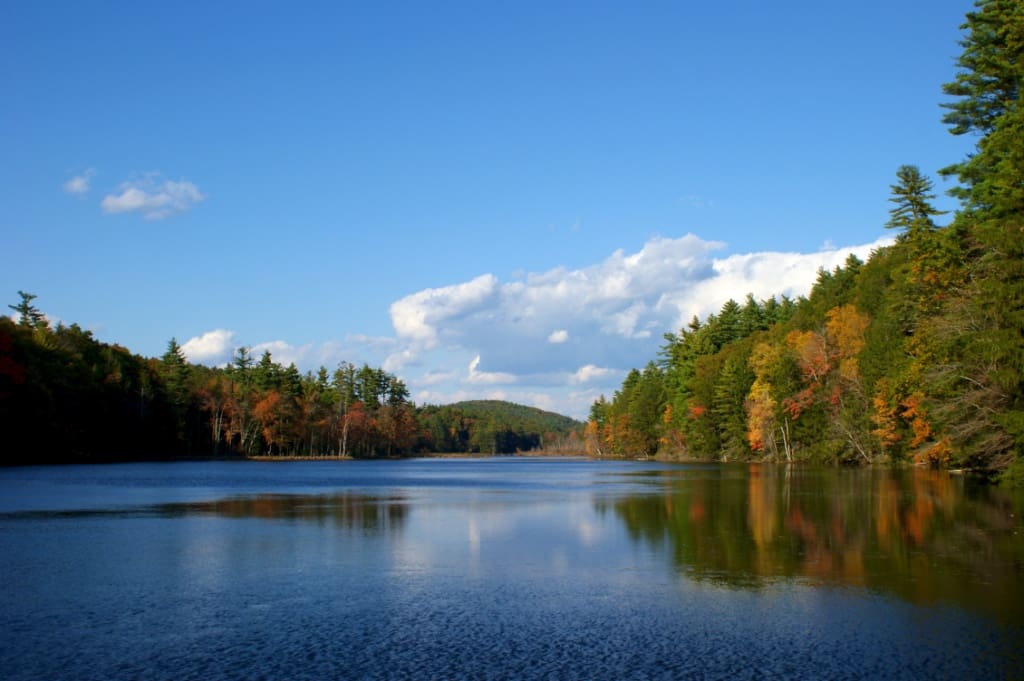
The increased use of wood is one of our most important forest conservation tools. If you’re reading this blog, you may already be aware that working (i.e. managed) forests are the key to forest conservation. But, for those unconvinced, read on.
Increasing the use of wood benefits the environment, economy, and community. The use of wood provides incentive for private landowners to maintain their forestland, and this land provides public benefits like air and water quality enhancement, wildlife habitat, carbon sequestration, and open space preservation. Using wood also provides a critical source of jobs in rural America.
When a life cycle cradle-to-grave analysis is performed, wood outgreens every other building material. It takes less energy to produce than any other building material, it stores carbon throughout its service life, and when its service life is over, wood can be recycled to produce energy.
Recognizing that the active management of working forests is in the nation’s best interest, the USDA and the U.S. Forest Service are now giving preference to domestic wood as a building material.
Here’s a nifty 90 second video put out by the Danish Wood Initiative that sings the praises of wood, the world’s most environmentally friendly raw material.







